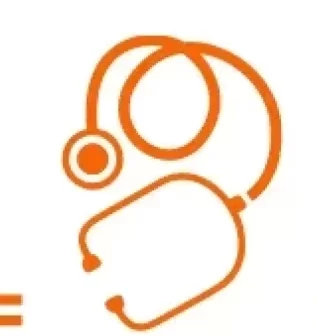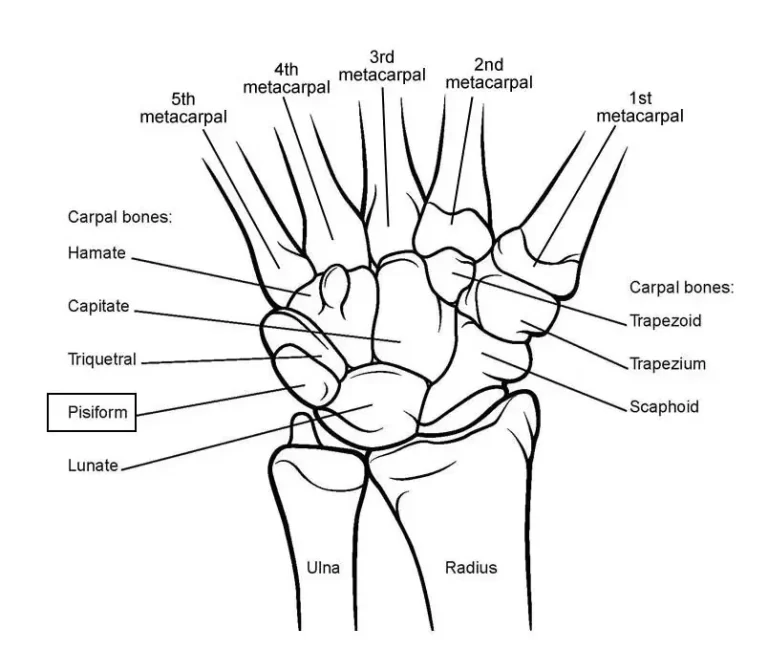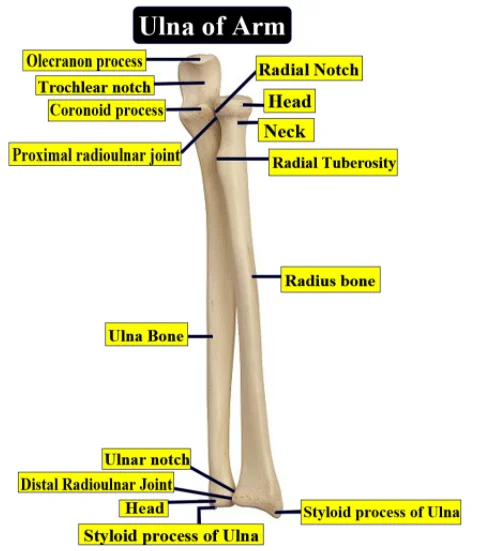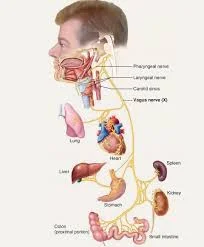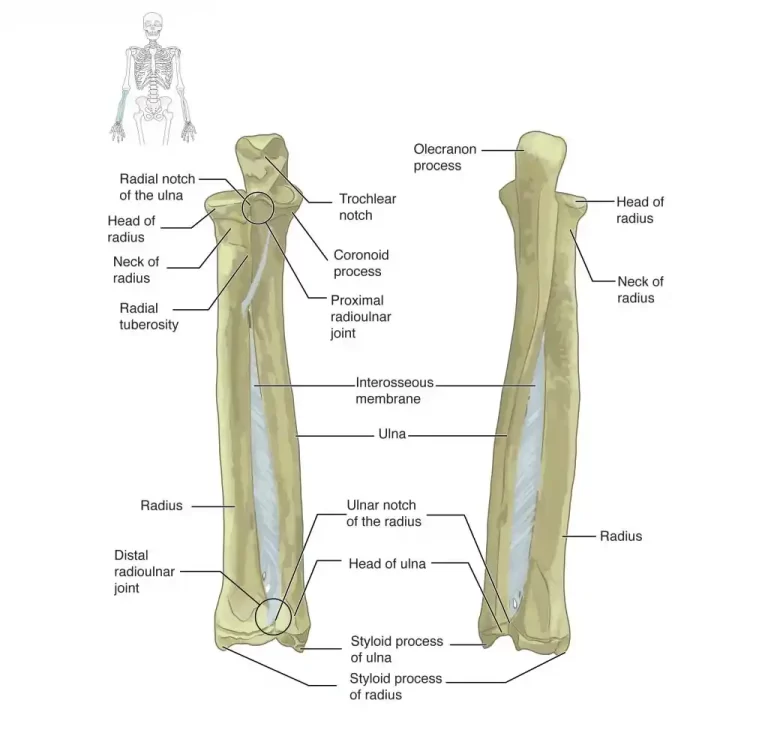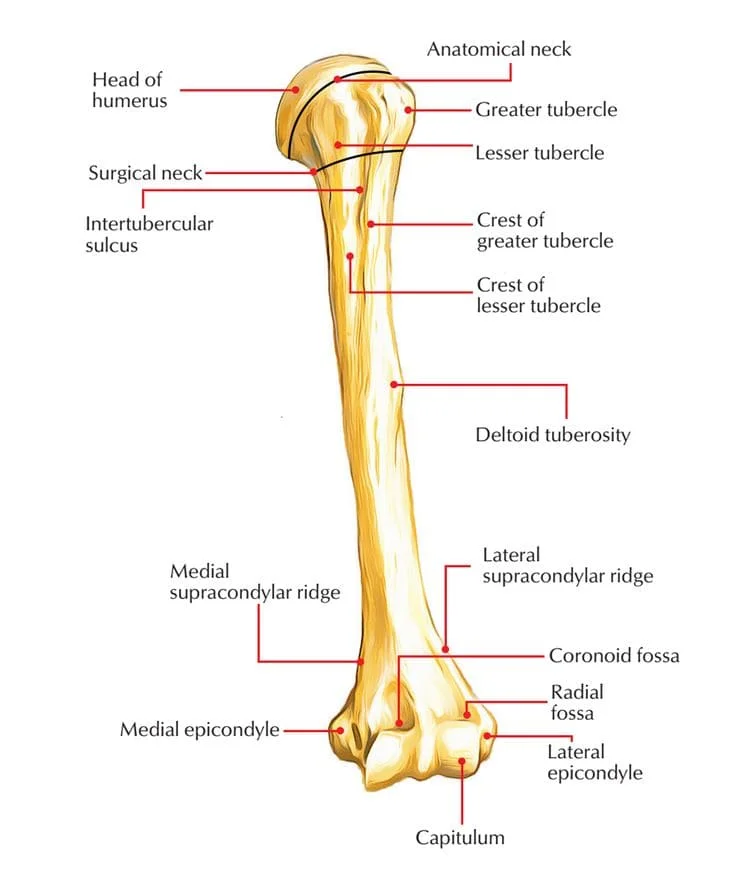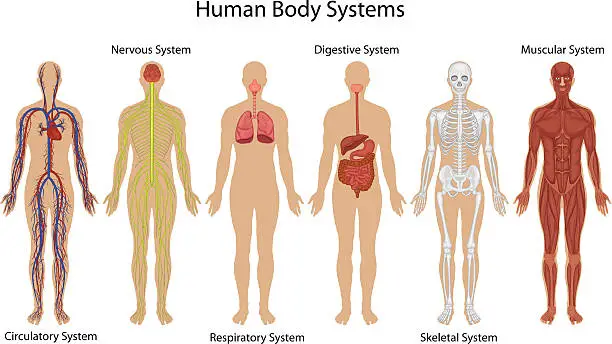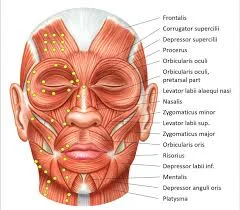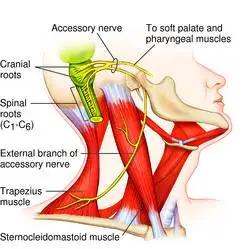Carpal Bones
Introduction The wrist bones known as the carpal bones connect the distal ends of the radial and ulnar bones of the forearm to the bases of the five metacarpal bones of the hand. The proximal and distal rows include the two rows of the eight carpal bones. From radial to ulnar, These bones comprise the…
